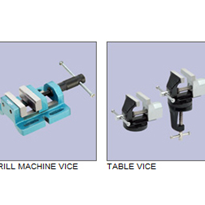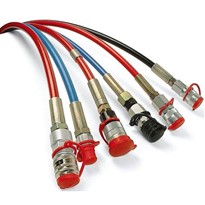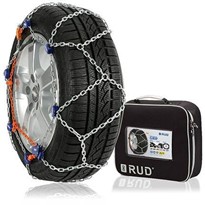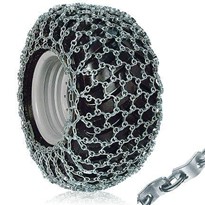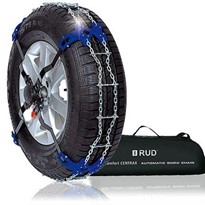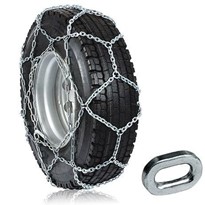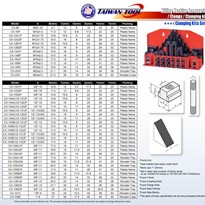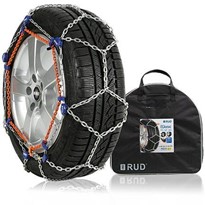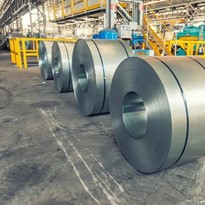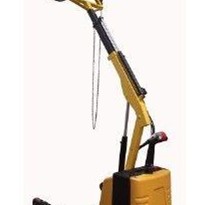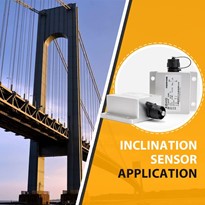Single Girder Cranes
Single girder cranes feature a single bridge girder that supports the hoist and trolley system. The girder spans the width of the workspace and is mounted on end trucks running on rails.
- Ideal for light to medium-duty applications in manufacturing, warehouses, and workshops.
- Suitable for tasks requiring moderate lifting capacities and shorter spans.
Advantages:
- Cost-Effective: Generally less expensive than double girder cranes, offering a budget-friendly solution.
- Compact Design: Requires less vertical space, making it suitable for facilities with lower ceiling heights.
- Ease of Maintenance: Simplified design leads to easier maintenance and repair.
Double Girder Cranes
Double girder cranes have two parallel bridge girders that support the hoist and trolley system, providing increased stability and lifting capacity.
- Ideal for heavy-duty applications in large manufacturing facilities, warehouses, and industrial environments.
- Suitable for tasks requiring higher lifting capacities, longer spans, and greater stability.
Advantages:
- Increased Load Capacity: Capable of handling heavier loads with enhanced stability.
- Wider Span: Provides greater coverage and versatility for large facilities.
- Smooth Operation: Offers smoother lifting and movement, reducing wear and tear on components.
Portal Gantry Cranes
Portal gantry cranes, or simply gantry cranes, feature a structure with legs extending to the ground, creating a portal-like framework. They often include a hoist or trolley system on the gantry.
- Commonly used in shipyards, docks, and large outdoor spaces.
- Ideal for lifting heavy materials and equipment over long distances or large areas.
Advantages:
- Outdoor Use: Designed for use in outdoor environments and on large construction sites.
- Large Span: Capable of covering extensive areas, making it ideal for handling oversized materials.
- High Load Capacity: Efficiently lifts and moves heavy loads.
Jib Cranes
Jib cranes consist of a horizontal jib or arm that rotates around a vertical mast. The hoist moves along the jib to lift and position loads.
- Ideal for workstations, small to medium-sized workshops, and areas with limited space.
- Often used for repetitive tasks or handling small to medium loads within a localized area
Advantages:
- Flexibility: Provides excellent maneuverability and can be positioned where needed.
- Space Efficiency: Requires less floor space compared to other crane types.
- Ease of Installation: Generally quicker and easier to install than larger cranes.
Workstation/Light Rail Cranes
Workstation cranes, also known as light rail cranes, use a lightweight rail system and are designed for use in workstations and assembly lines. They feature a trolley and hoist system for easy movement.
- Ideal for small to medium-sized tasks in workstations, assembly lines, and production areas.
- Suitable for environments where frequent and precise load handling is required.
Advantages:
- Flexible Layout: Customizable to fit various workstation layouts and production processes.
- Ease of Use: Simple and intuitive to operate, enhancing productivity and efficiency.
- Space-Saving: Compact design makes it suitable for areas with limited space.
Monorail Cranes
Monorail cranes operate on a single rail or track, providing a streamlined solution for handling loads along a fixed path.
- Suitable for assembly lines, production processes, and areas where a fixed path is required.
- Ideal for confined spaces or environments where precise material handling is needed.
Advantages:
- Space Efficiency: Requires less space compared to other crane types, fitting well in confined areas.
- Cost-Effective: Generally more affordable and simpler to install than larger cranes.
- Precision Handling: Offers precise control over load positioning along the rail.
Conclusion
Selecting the right crane type is essential for optimizing your operations and achieving efficient, safe, and reliable lifting. Each crane type offers unique advantages tailored to different applications, from the cost-effective Single Girder Cranes to the space-efficient Monorail Cranes.
At West Crane Services, we offer a wide range of crane solutions to meet your specific needs. Our team of experts is here to help you choose the ideal crane for your application, ensuring that your operations run smoothly and efficiently. Contact us today to learn more about our crane offerings and how we can support your lifting requirements.


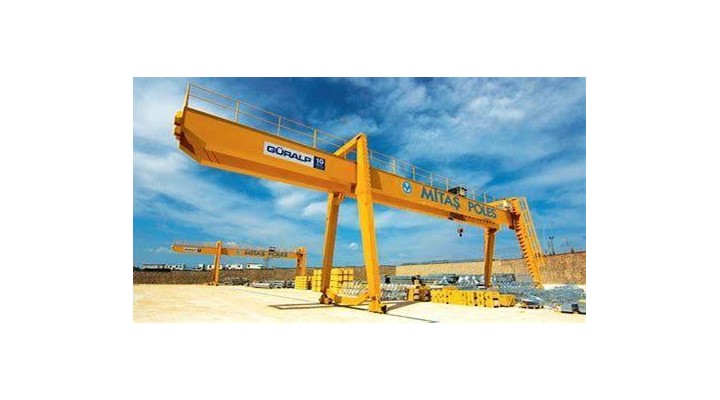
-720x400.jpg)
-720x400.jpg)
-720x400.jpg)
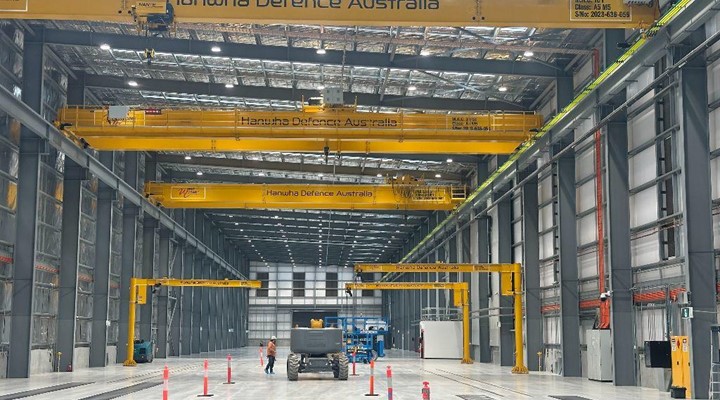
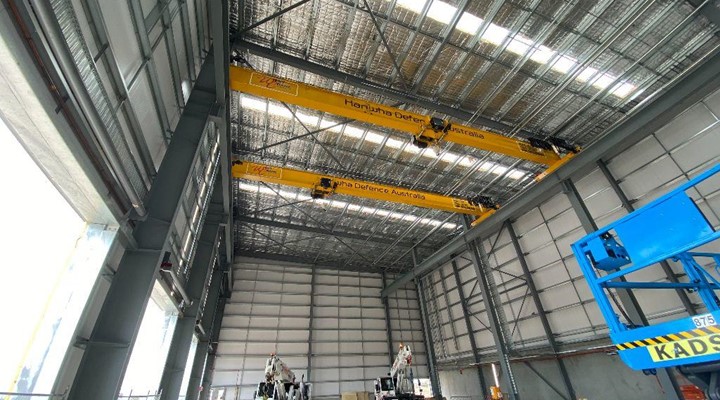
-160x160-state_article-rel-cat.png)






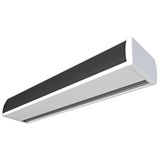


-205x205.jpg)
-205x205.jpg)

-205x205.jpg)

-205x205.jpg)



